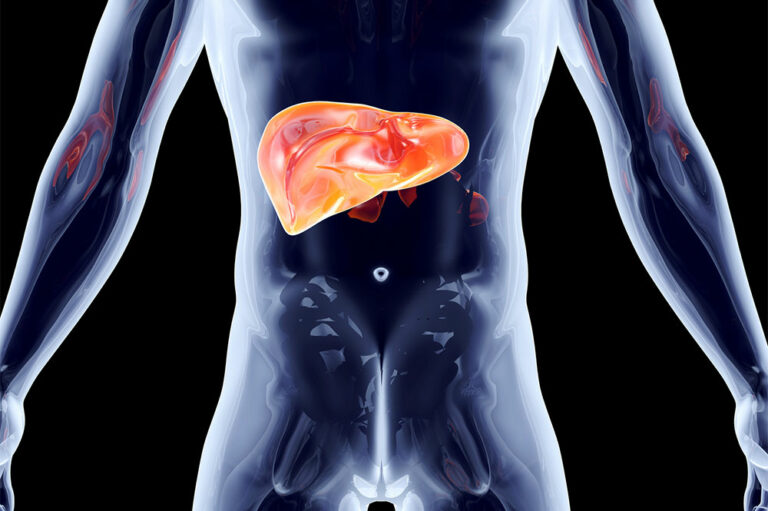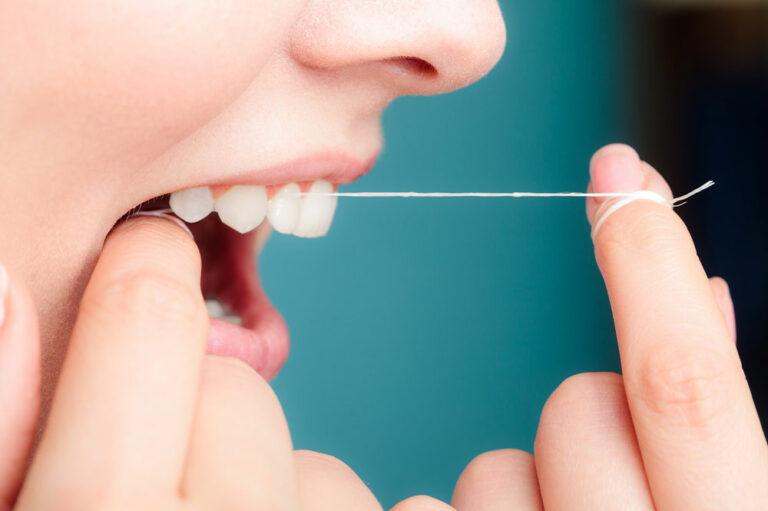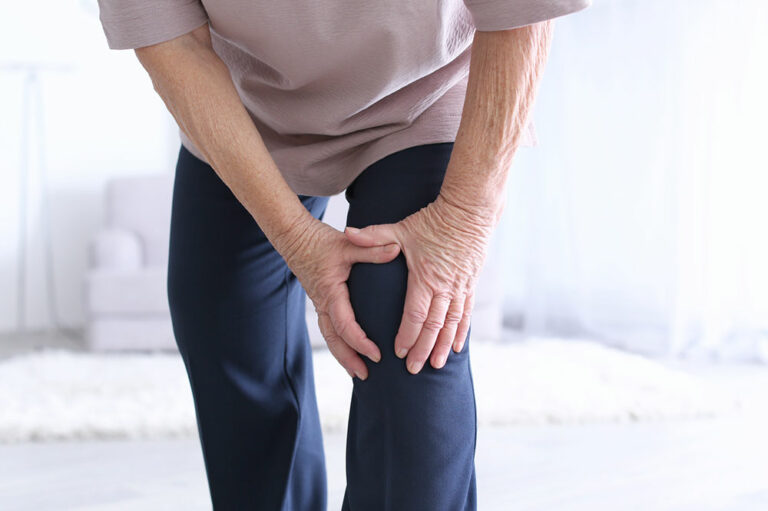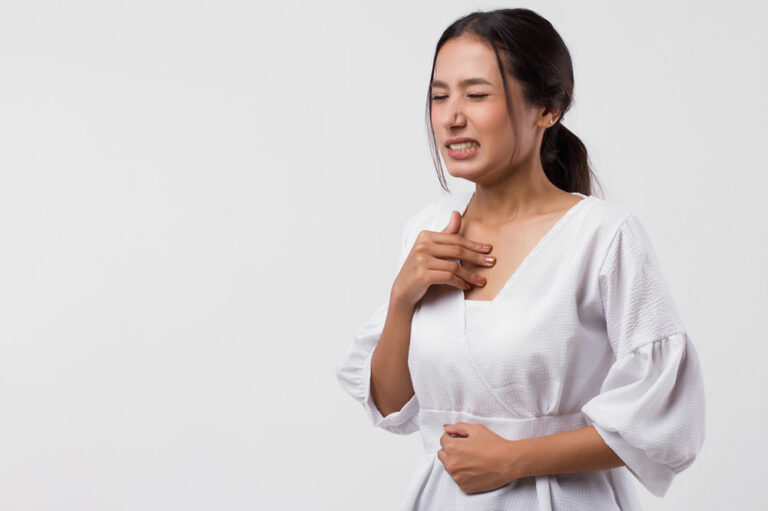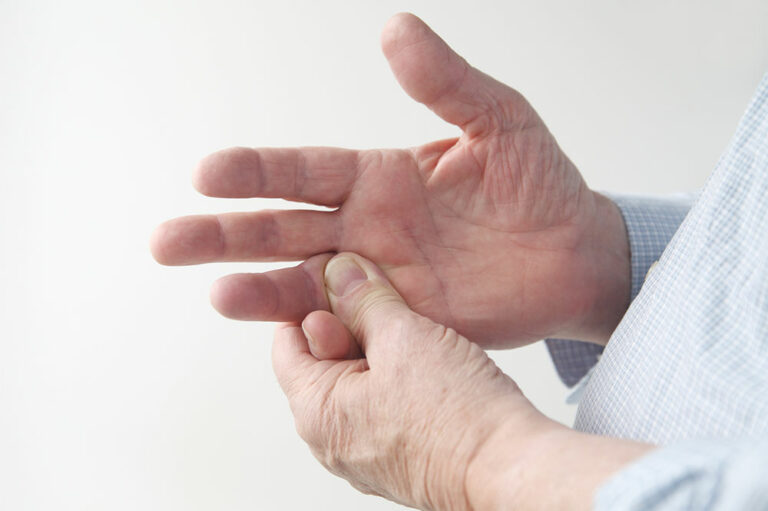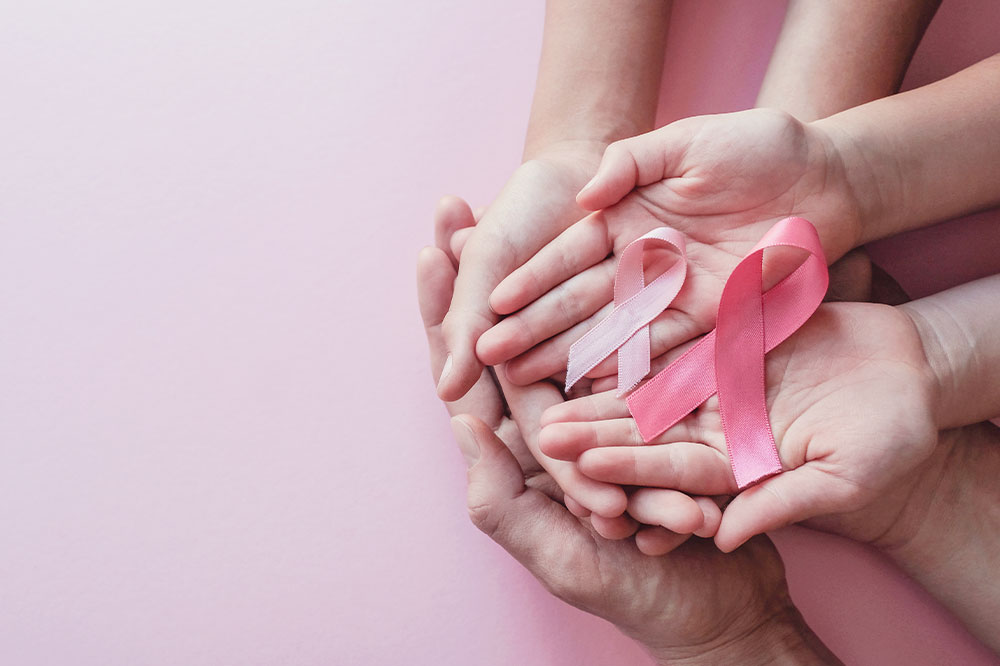
Early signs of breast cancer to watch out for
Cancer formation in the breast cells is known as breast cancer. Breast cancer is the second most common cancer diagnosed in women in the country after skin cancer. Although breast cancer shows no signs or symptoms in its nascent stage, early detection can save a person’s life. Knowing how a person’s breasts normally look and feel is important to breast health and cancer detection. Visit a doctor if any of the following symptoms arise.
Early warning signs of breast cancer
Stage 0 cancer is also known as non-invasive breast cancer. At this early stage, the tumor is very small and only detectable by a mammogram. However, people may not experience any symptoms at this stage. However, as the disease develops, the following symptoms may arise:
Skin changes, such as redness, swelling, or other visible differences in one or both breasts.
An increase in size or change in the shape of the breasts.
Change in the appearance of one or both nipples.
Nipple discharge (other than breast milk).
General pain in any area of the breast.
Lumps or nodes are felt on the insides of the breast.
However, these symptoms may be caused by other benign causes such as eczema, an infection, or an unrelated illness. Consulting a doctor may help diagnose and address the underlying cause for concern.
Symptoms of invasive breast cancer
In its more advanced stages, breast cancer is also known as invasive breast cancer. This cancer spreads from the original site to other areas of the breast, lymph nodes, or elsewhere in the body. It may have more specific symptoms, which include:
Irritated or itchy breasts
Change in breast color
Increase in breast shape or size
Changes in touch (hard, tender, or warm)
Peeling or flaking of the nipple skin
Breast lumps
Redness or pitting of the breast skin
Nipple retraction (turning inward)
Breast or nipple pain
A lump or swelling in the underarm lymph nodes
Swelling of the breast
Symptoms of inflammatory breast cancer (IBC)
Unlike other breast cancers, IBC rarely causes breast lumps and may not appear on a mammogram. Symptoms of IBC include:
Red, swollen, itchy, and tender breasts
Ridged or pitted appearance of the skin above the breasts
Heaviness, burning, or aching in the breast
Inverted nipple
One breast becomes visibly larger than the other
Swollen lymph nodes under the arm or above the collarbone
Unresolved symptoms after a course of antibiotic treatment
Since there is no lump present in cases of IBC, it goes undetected by self-examination, clinical breast exams, mammograms, and sometimes even ultrasounds. However, the change to the surface of the breast is visible to the naked eye and must not be ignored. IBC symptoms can appear and progress rapidly. Any changes in the texture and appearance of the breasts must be checked by a gynecologist immediately.
Making changes to everyday life can help prevent breast cancer. Speak to a doctor about regular breast cancer screenings, and become familiar with your breasts through self-examination. Limit postmenopausal hormone therapy, eat healthily, and try to exercise for at least 30 minutes every day of the week. Women at high risk may also opt for preventive treatments or chemoprevention, or preventive surgery.
